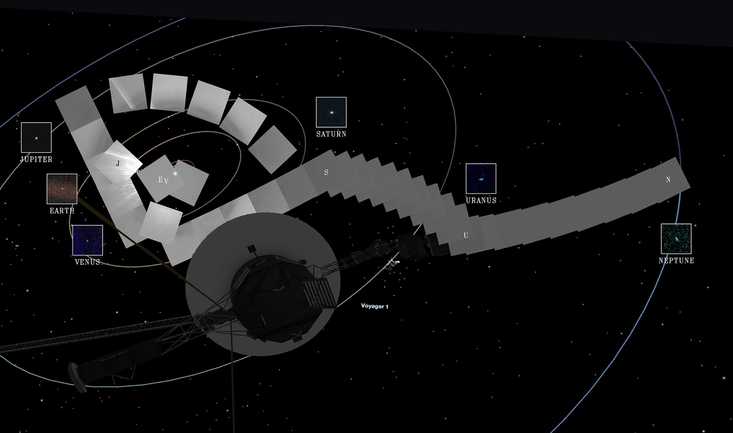A Pair Of Comets Will Soon Be Battling For Earth’s Attention
Stargazers will have their own reason to look forward to Halloween. Giphy
Giphy
News that is entertaining to read
Subscribe for free to get more stories like this directly to your inboxHalloween will bring about plenty of treats and more than a few tricks — but if you really want a surprise this month, simply turn your eyes to the sky.
Two notable space rocks
Between now and the end of October, astronomers say a pair of comets — known as Tsuchinshan-ATLAS and C/2024 S1 — will be visible in the skies above Earth.
The first is currently reaching peak brightness and can be spotted around much of the world just after sunset in the western sky. The latter will make its closest pass by our planet on October 24 (though it could make a return visit days later) and should be visible just before sunrise in the eastern sky.
Fortunately for all life on our planet, neither comet will get close enough to chart a potential collision course. At their closest, both of the rocks will be millions of miles away from Earth.
Where did they come from?
Comets can be found in all corners of our universe, but those nearest to our cosmic neighborhood are thought to have largely originated in a theoretical region known as the Oort Cloud. Though unproven, scientists have speculated for well over half a century about this icy area surrounding the solar system that supposedly stretches out trillions of miles and produces countless comets.
Even though there’s no real threat associated with Tsuchinshan-ATLAS and C/2024 S1, astronomers warn that a comet released from the Oort Cloud or anywhere else in the cosmos could feasibly strike our planet.
Such a scenario is particularly alarming to experts because the uncertain movement of these celestial bodies means we’d probably have very little warning before an imminent collision.
There have been roughly 4,500 comets identified in this region, but the actual number is believed to be exponentially higher.
 Why Is The Aging Voyager 1 Probe Sending Back Incoherent Communications?
It's been speaking gibberish for a few months and officials are concerned.
Why Is The Aging Voyager 1 Probe Sending Back Incoherent Communications?
It's been speaking gibberish for a few months and officials are concerned. One Woman’s Massive Donation Is Wiping Out Tuition At This Medical School
Her inheritance came with the instruction to do "whatever you think is right."
One Woman’s Massive Donation Is Wiping Out Tuition At This Medical School
Her inheritance came with the instruction to do "whatever you think is right." Woman’s Pets Will Inherit Her Multimillion-Dollar Fortune, Not Her Kids
It's not the first time four-legged heirs were named in a will.
Woman’s Pets Will Inherit Her Multimillion-Dollar Fortune, Not Her Kids
It's not the first time four-legged heirs were named in a will.